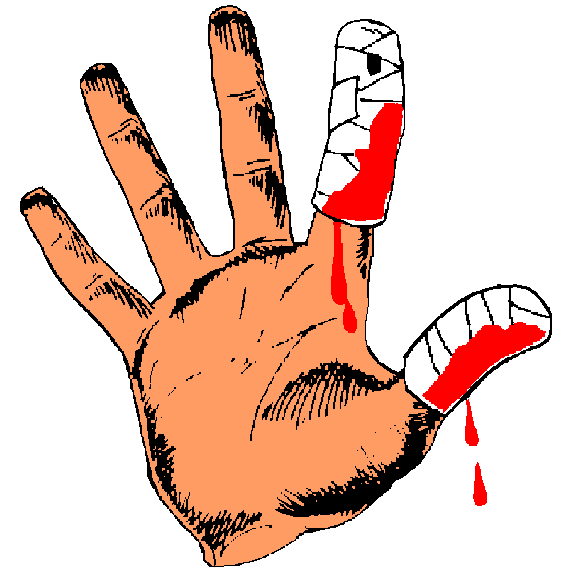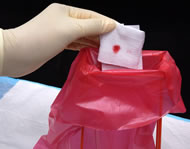 What are bloodborne pathogens?
What are bloodborne pathogens?
Bloodborne pathogens are infectious microorganisms in human blood that can cause disease in humans. These pathogens include, but are not limited to, hepatitis B (HBV), hepatitis C (HCV) and human immunodeficiency virus (HIV). Needlesticks and other sharps-related injuries may expose workers to bloodborne pathogens. Workers in many occupations, including first aid team members, housekeeping personnel in some industries, nurses and other healthcare personnel may be at risk of exposure to bloodborne pathogens.
via Safety and Health Topics | Bloodborne Pathogens and Needlestick Prevention.

